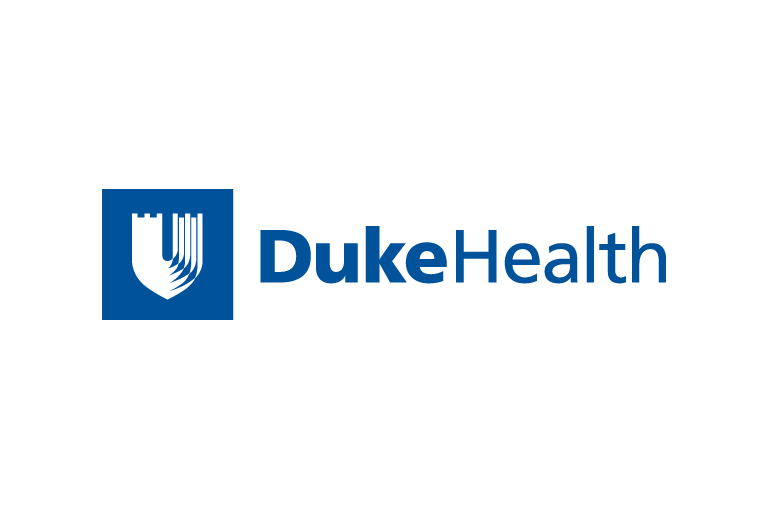Educational Website Provides Learning Tool for Cancer Patients
 From the corporate.dukehealth.org archives. Content may be out of date.
From the corporate.dukehealth.org archives. Content may be out of date.
An innovative, interactive website will help brain tumor patients and their families better understand aspects of their cancer treatment and to become more actively informed about their illness, according to health care providers at the Preston Robert Tisch Brain Tumor Center at Duke.
The website was designed to communicate technical medical information in a non-threatening manner to patients. The site allows patients and families to become more active in their education about their diagnosis through the use of interactive learning modules. Experts at Duke believe this will lead to more informed discussions with their patients, they said.
Click below to visit the website:
Interactive Brain Tumor Learning Center Website
Jean Hartford-Todd, a child life specialist at the Tisch Brain Tumor Center, collaborated with other health care specialists in creating and developing the tool. According to Hartford-Todd, the website helps to bridge current educational gaps.
"Patients and families get verbal and written information, which is good, but this is a missing piece." said Hartford-Todd. "The site makes use of animation and audio clips to give the users a virtual, 'hands-on' education so that they can better understand what will happen during procedures and treatments for their cancer."
The site currently includes five modules that describe normal cellular and cancerous cell growth, as well as the placement and function of commonly used treatments such as subcutaneous ports, tumor cavity reservoirs, ventricular reservoirs, and ventriculo-peritoneal shunts, she added.
The tool is intended to supplement and enhance the teaching currently provided by health care providers at the Center. Since the resource is easily accessible via the Tisch Brain Tumor Center at Duke website, users can access the information whenever and wherever they desire.
Information is available via multiple modalities in order to meet varying needs of users, including age, level of education, and any visual, hearing, or cognitive deficits they may have. For example, font and illustration sizes can be changed and the volume regulated, in order to meet visual and hearing needs.
While the illustrations and content are easy to understand and to use, they are not 'child-like,' Hartford-Todd added. "It's extremely important to present the information clearly and in a way that invites more exploration. By keeping the information in the modules easy to understand but not child-like we hope to meet the needs of a wide range of ages."
The navigation tools that have been built into the site allow the user to set the pace for learning new information, and clear definitions for terms that might be new or confusing are included. Macromedia Flash technology provides full screen images with quick download times.
The Duke team worked closely with Pyramis Studios, Inc. to develop the content and illustrations for this project, which was funded by The Emily Dorfman Foundation for Children. It is believed to be the first medical center-based site to provide this type of information, in this manner, to cancer patients.
An evaluation tool is also included so that the team can monitor and study the benefits of computer-assisted education for the Center's patients and families. Modules addressing other aspects of brain tumor and treatments are planned, and the site has been made available for use by brain tumor treatment centers outside of Duke.
